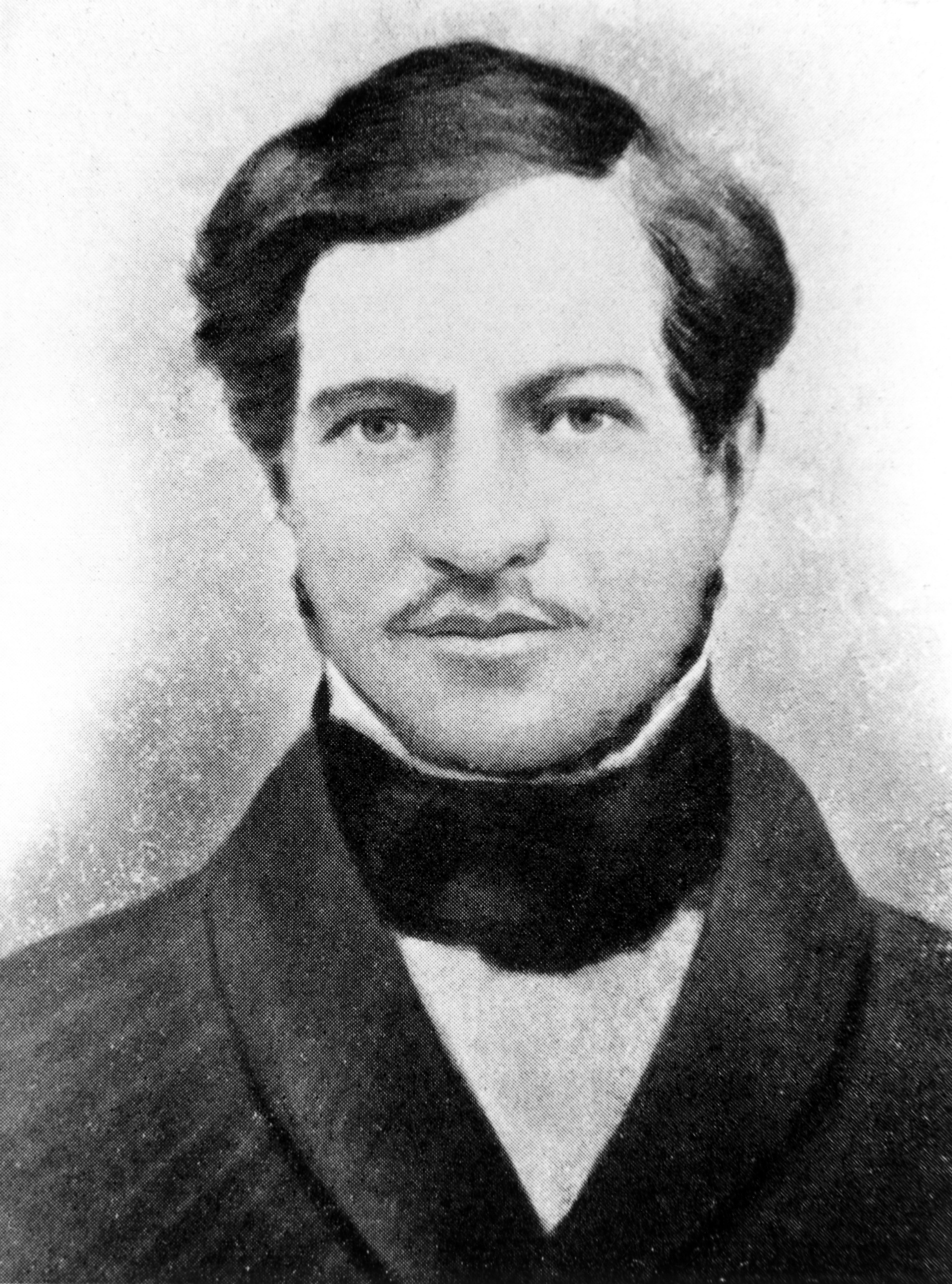About Syms Covington
Simon (Syms) Covington was an ordinary but enterprising man who is remembered for his work with one of the most famous figures of the 19th century – the naturalist Charles Darwin. Syms spent 5 years at sea and became an integral part of one of the most important scientific voyages in history. It was on this voyage that the young Charles Darwin began to develop his theory of evolution, later published in the ground-breaking work On the Origin of Species.
Location
Category
Share and save

To sea!
Born in 1809 in Bedford, England, Syms Covington was the youngest of 15 children. After losing both parents at a young age, the 18-year-old Syms signed on as a fiddler and cabin boy to the crew of the HMS Beagle.
As the Beagle travelled the globe, Charles Darwin found collecting a vast array of plant and animal specimens to be a daunting task and approached Syms to be his assistant. Under Darwin’s supervision, Syms quickly became a ‘most invaluable’ collector, hunter and taxidermist. As well as writing up many of Darwin’s research notes, Syms kept his own personal journal of the voyage, which, although reflective of the attitudes of the time, nonetheless contained valuable insights into the 5-year voyage and Darwin’s theories.
Emigration to Australia
Syms had visited Sydney in 1836 during the Beagle’s voyage where he found New South Wales to be a place where ‘a stranger must take care with whom he associates’ and a place Syms said he was ‘heartily glad to leave’ due to the presence of convicts .[i] Despite this, by the late 1830s, the growing colony was also a place of opportunity for British settlers, and in 1839 he decided to emigrate .
Syms secured a position as a clerk with the Australian Agricultural Company, with a letter of reference from Darwin. He married Eliza Twyford in 1841 and the couple moved to Sydney’s Miller’s Point. In 1848, they settled with their 3 children in Pambula on the south coast of NSW.
Success in Pambula
Operating a general store with initial success, the industrious Syms purchased land in the township and surrounding district, including 2 allotments in Quondola Street in 1852. Appointed as Pambula’s second postmaster two years later, it was at Quondola Street in 1855 that Syms built a new brick and stone building that still stands today. The new structure served as the Covingtons’ residence, a store, and the local post office.
In the same year, Syms was granted a general publican’s license for a hotel called the Forest Oak. Playing a pivotal role in the township’s development, Syms assumed other important roles, including serving on the Pambula National School Board and the local Bench of Magistrates. In 1860 alongside fellow publican Peter O’Neill, Syms was selected to lay the foundation stone of the Pambula Courthouse.
An ongoing friendship with Darwin
Throughout his life, Syms continued to correspond with Darwin and collect specimens for him, including samples of barnacles and crustaceans gathered from Twofold Bay. Darwin remained interested in Syms’ welfare, and being aware of Syms’ increasing deafness, arranged for a new ear-trumpet to be sent from London in 1843, and again in 1860.
An enduring legacy
Syms died in 1861 at the age of 52 and was buried in the Pambula cemetery. His gravestone describes him as ‘Assistant to Charles Darwin’. His work in the history of natural science lives on in collections in the British Museum, British Natural History Museum, National Museum of Scotland, and Mitchell Library of the State Library of NSW. Syms’ more personal connections to Pambula can be seen in several of his possessions, including his writing box which is currently held in the Merimbula Old School Museum’s collection.
References and further reading
South Coast History Society, 'Syms Covington's writing box',
Bega Shire's Hidden Heritage https://hiddenheritage.com.au/heritage-object/?object_id=88
Merimbula Old School Museum, 'Syms Covington'.
The Journal of Syms Covington https://www.asap.unimelb.edu.au/bsparcs/covingto/contents.htm
